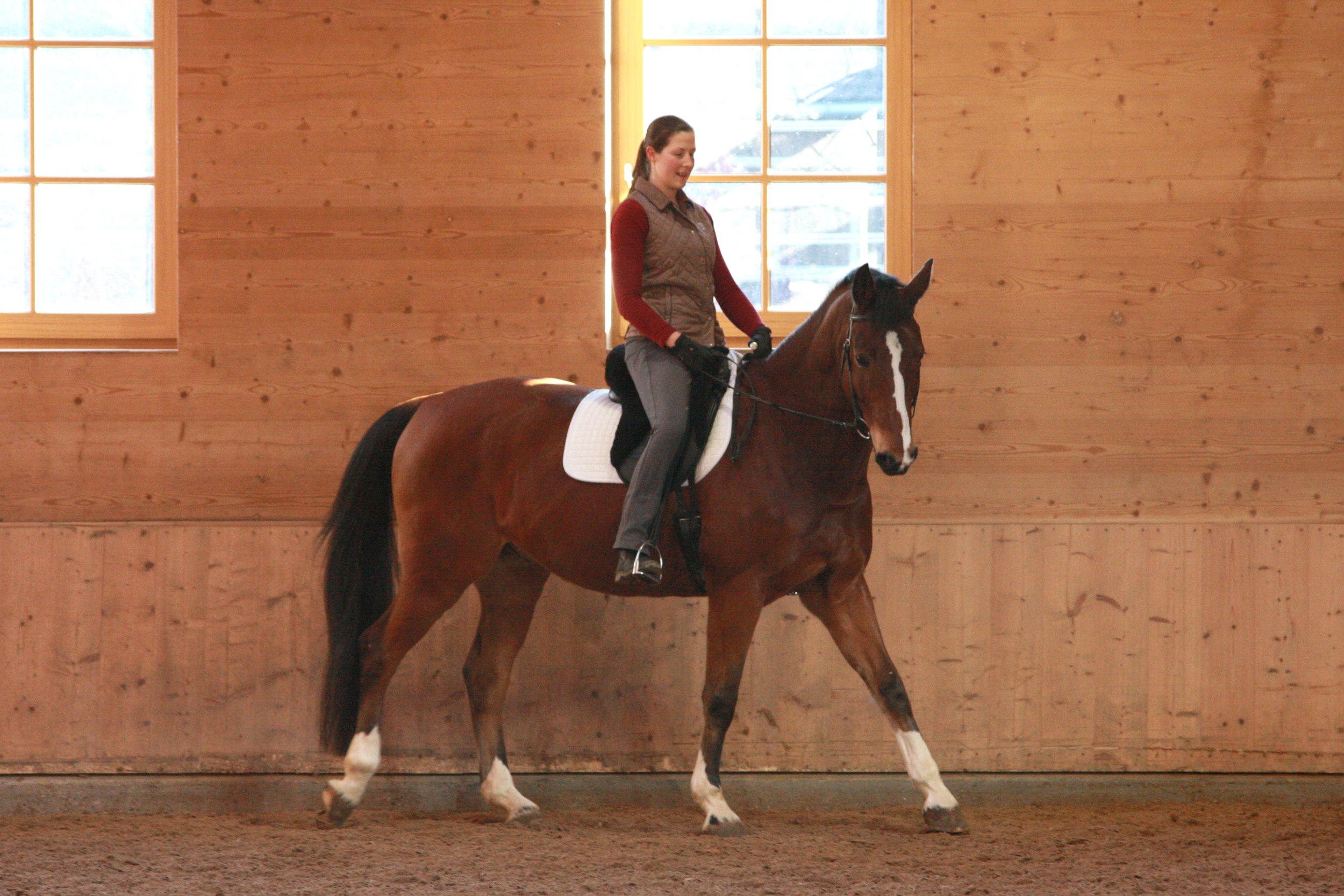In classical dressage, where harmony between horse and rider takes centre stage, the often-underestimated gait of walk holds profound significance. As riders strive to master the art of communication with their equine partners, the walk emerges as a fundamental element that lays the foundation for a seamless performance.
Nuno Oliveira, a revered master of classical dressage, once eloquently expressed, "The walk is the mother of all gaits." These words encapsulate the essence of the importance placed on walkwork in classical dressage. In the walk, the rider establishes a profound connection with their horse, fostering trust and building the strength and balance necessary for the more advanced movements.
The walk, often considered the most natural gait, may seem straightforward at first glance. However, within classical dressage, it transforms into a canvas upon which the rider paints a masterpiece of communication and subtlety. Precise and deliberate, the walk allows the rider to refine their aids and develop a deep understanding of the horse's responses.
One of the key aspects of walk work in classical dressage is the emphasis on relaxation. The walk serves as a moment of reprieve for both horse and rider, allowing them to find a rhythm and flow that sets the tone for the entire work. A relaxed walk indicates a content and confident horse, laying the groundwork for more complex movements.
Furthermore, the walk provides a unique opportunity for the rider to assess and improve the horse's suppleness. Through lateral work and exercises such as shoulder-in and haunches-in, the horse becomes more flexible and responsive to the rider's aids. This increased suppleness enhances the overall quality of the walk and sets the stage for success in higher-level dressage movements.
In the pursuit of classical excellence, riders must heed the wisdom of Nuno Oliveira and recognize the pivotal role the walk plays in their training regime. The walk is not merely a transitional gait but a cornerstone of classical dressage, influencing the quality of the trot and canter that follow.
As riders embrace the significance of walk work, they embark on a journey of refinement and artistry guided by the principles of classical dressage. With its unhurried grace and quiet power, the walk becomes a testament to the partnership between horse and rider.



